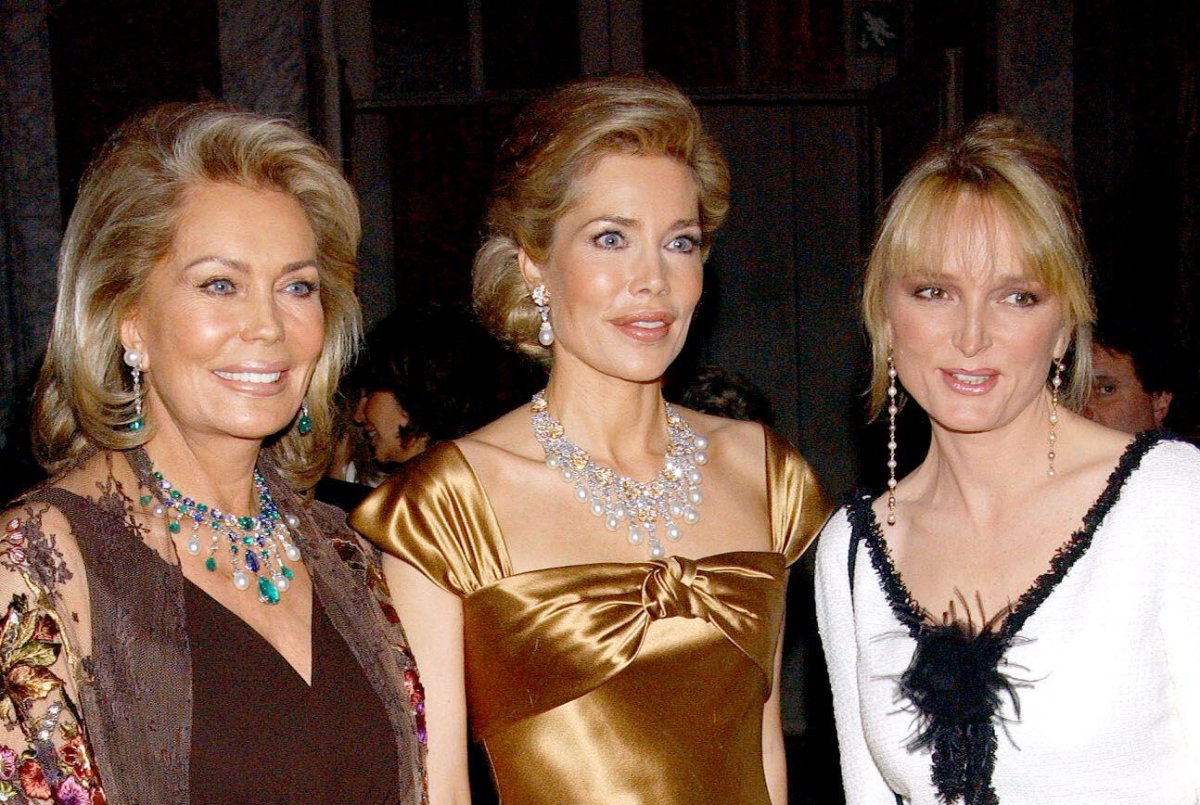
This week, the world said farewell to the Aga Khan, who passed away in Portugal at the age of 88. Today, let’s have a look at a special diamond and pearl necklace that belonged to two women who held the title of Begum Aga Khan—and the fabulous price it fetched when it was sold at auction.

Prince Karim Al-Husseini, the Aga Khan IV, was the 49th imam of Ismailism from 1957 until his death on Monday. The prince had a fascinating family tree. Born in 1936, he was the eldest child of Prince Aly Khan, son of the Aga Khan III, and his British-born first wife, Joan Yarde-Buller. His parents’ marriage did not last, and both remarried sensationally. His father’s second marriage to the actress Rita Hayworth was splashed across the tabloids, and his mother became Viscountess Camrose when she married her longtime companion, the newspaper publisher Seymour Berry, the 2nd Viscount Camrose.
Karim was raised in Kenya and Switzerland. He was a student at Harvard University when his grandfather died in 1957. The Aga Khan is permitted to name his own successor, and Karim’s grandfather opted to pass over his father and uncle in favor of the 20-year-old prince. The decision was made with an eye to the future, in hopes that a young man would be able to bring a new perspective to the role. Because he was so young when he stepped into the role of spiritual leader of the Ismailis, Karim’s tenure was a long one, spanning more than six decades.
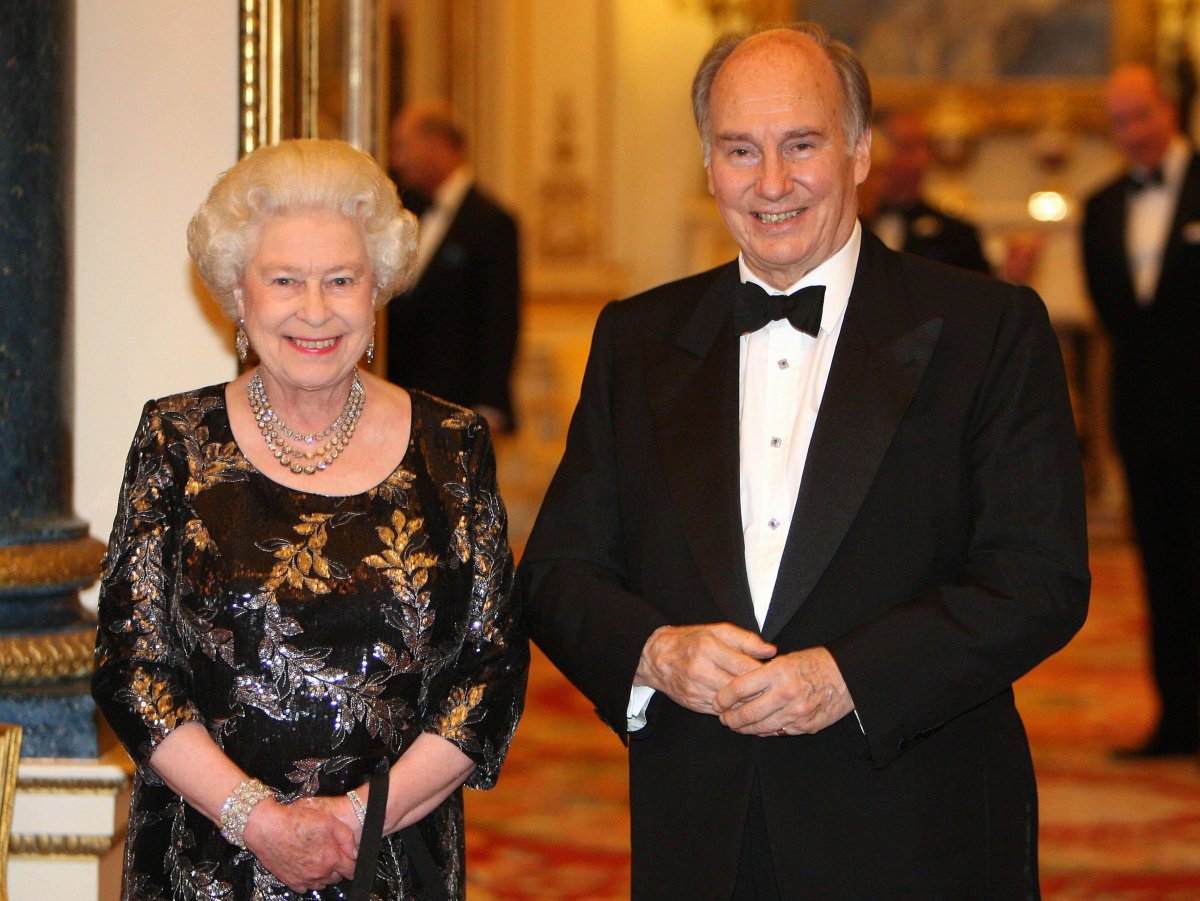
Over the decades, Karim became a skilled diplomat, businessman, and philanthropist, representing the Ismailis at events across the globe. He maintained close ties to his mother’s native Britain as well, developing a lasting friendship with the royal family through their shared love of horse racing. Elizabeth II even granted the prince the style of His Highness after his accession to the Aga Khan title in 1957. The monarch celebrated Prince Karim’s Golden and Diamond Jubilees with receptions at Buckingham Palace and Windsor Castle.
Prince Karim was married twice and had four children. Both of his wives held the title of Her Highness the Begum Aga Khan during the marriages, and both are now titled as princesses. In 1969, Karim married an Englishwoman, Sarah Croker Poole (now Princess Salimah Aga Khan), who had previously been married to a son of the Marquess of Bute. They had a daughter and two sons before their divorce in 1995. He went on to marry Gabriele Renate Thyssen (now Princess Inaara Aga Khan), the former wife of Prince Karl Emich of Leiningen, in 1998. They had a son together before they too went their separate ways. In his will, which was unsealed this week, the Aga Khan IV named his eldest son, Prince Rahim, as his successor. Fifty-three-year-old Rahim is now the Aga Khan V.
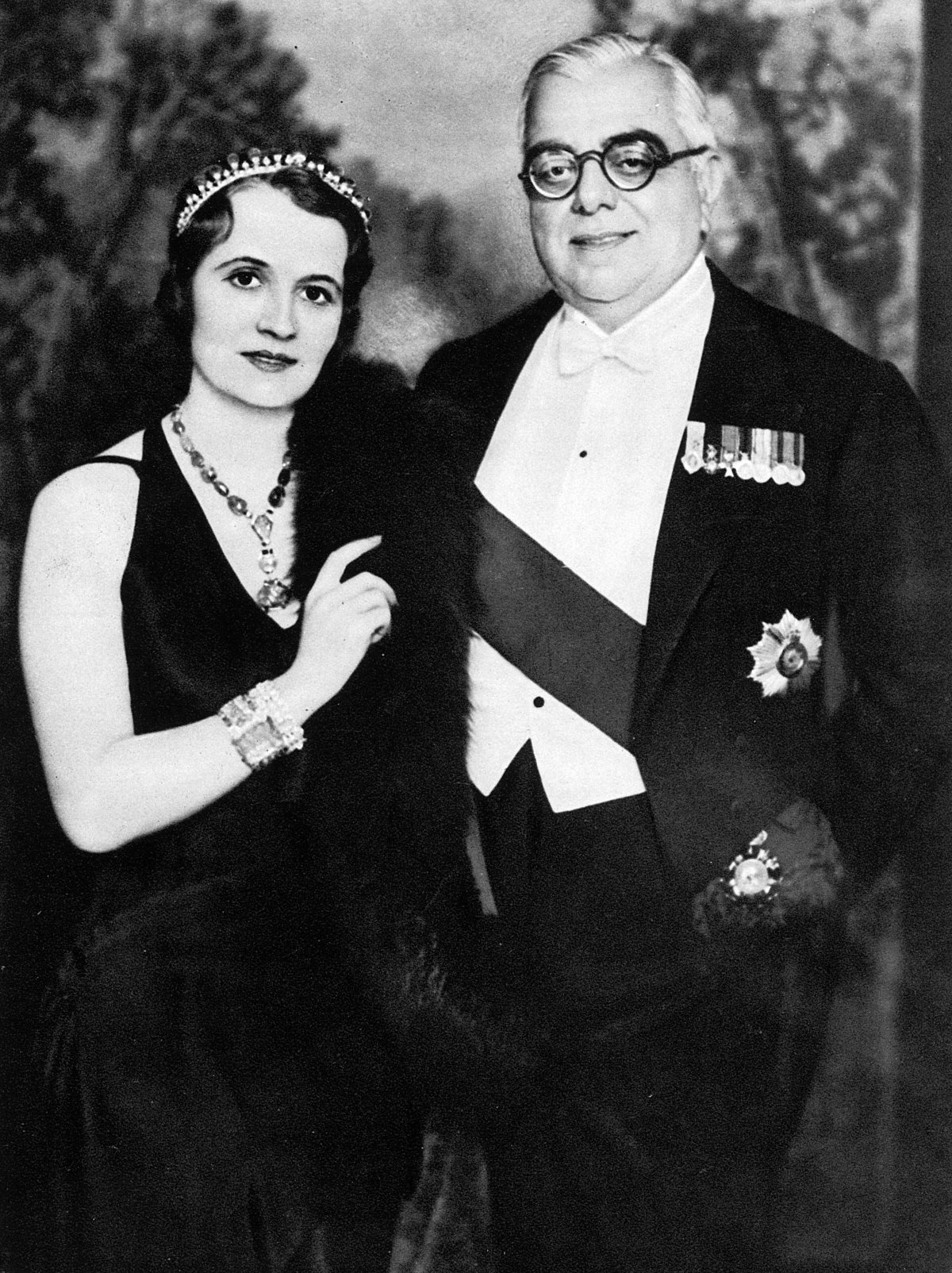
When Prince Karim’s grandfather named him as his successor in his will back in 1957, he also included an interesting provision. He requested that, during the first seven years of Karim’s tenure in the role, he should seek advice from his grandfather’s widow, Begum Om Habibeh Aga Khan. Born Yvonne Blanche Labrousse in France in 1906, she traveled the world as a beauty pageant queen before becoming the fourth wife of the Aga Khan III. Their 1944 marriage was an enduring love match. He wrote in his memoirs, “I can only say that if a perfectly happy marriage be one in which there is a genuine and complete union and understanding, on the spiritual, mental, and emotional planes, ours is such.”
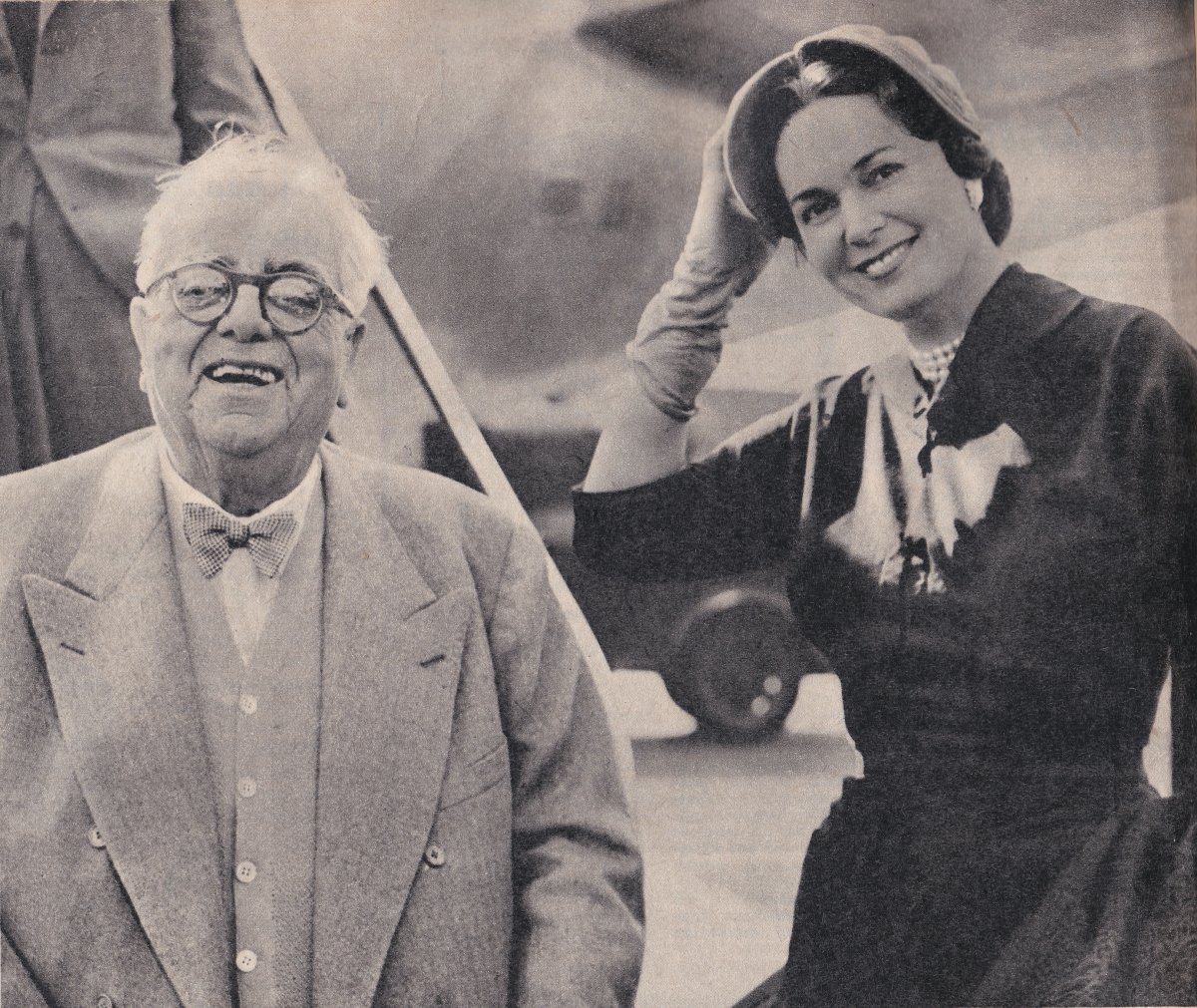
The couple’s three-decade age difference did not seem to matter much. They formed a strong partnership, and the Aga Khan III sought his wife’s counsel on matters related to the imamat frequently, considering her to be one of his keenest and most effective advisors. Begum Om Habibeh, as she was known after their marriage, lived for four decades as a widow after her husband’s passing. She divided her time between Egypt, France, and Switzerland. When she was in Egypt, she made it a daily practice to place a red rose at her husband’s mausoleum on the banks of the Nile. When she died in 2000, she was buried there beside him.
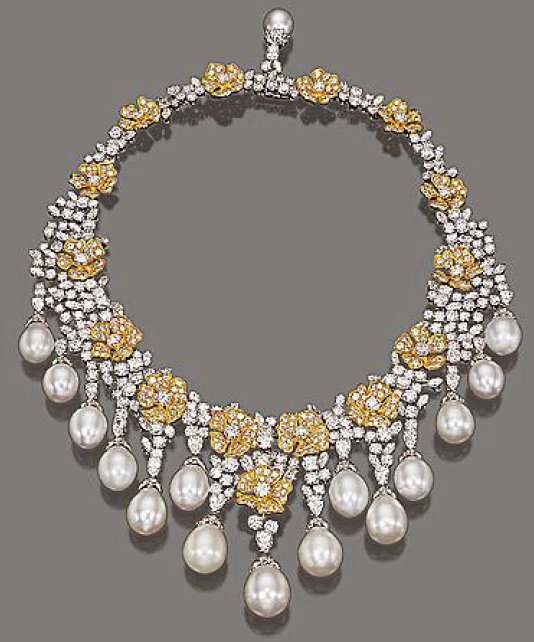
The wives of the Aga Khan III and IV have been known for their fabulous collections of jewelry. After Begum Om Habibeh’s death, pieces from her collection were auctioned at Sotheby’s in Geneva, with the proceeds going to benefit the Aga Khan Foundation. Among the 19 lots sold was this glittering floral necklace of white and yellow diamonds, which culminates in a fringe of cultured pearl pendants. The necklace was made in the Begum’s native France.
The November 2000 auction brought in a total of $4.5 million USD for the foundation, earmarked for supporting literacy initiatives and efforts to end poverty. “The late Begum was a lady of exceptional beauty and elegance, which was so perfectly mirrored in her exquisite jewels,” Sotheby’s jewelry co-chairman David Bennett noted at the time of the sale.
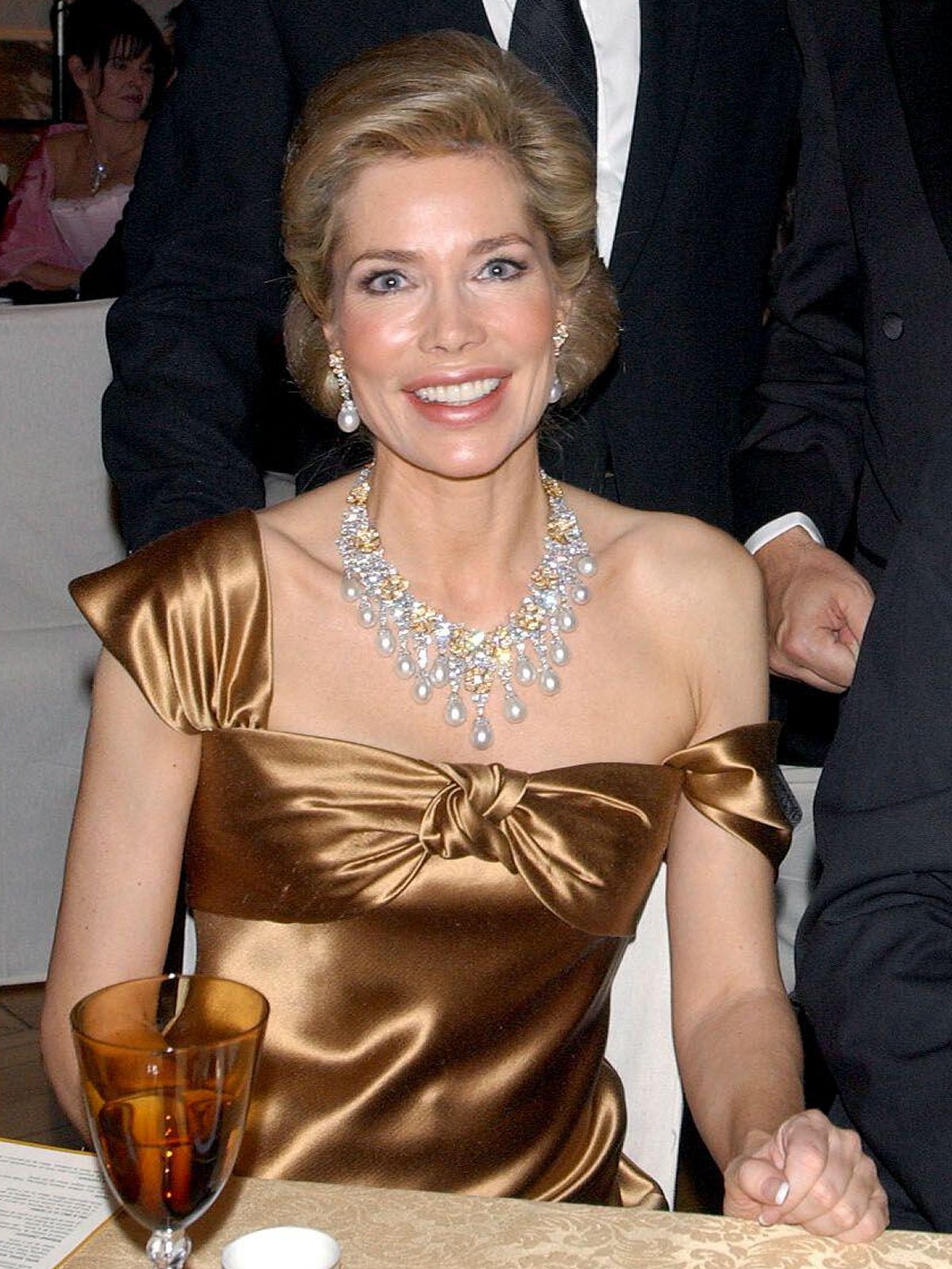
The late Begum’s necklace did not travel far. Three years after the auction, the jewel reappeared on the Begum Inaara Aga Khan (now Princess Inaara), the second wife of the Aga Khan IV. She wore the necklace for a charity gala at the Palace of Versailles, which raised money for cancer research.
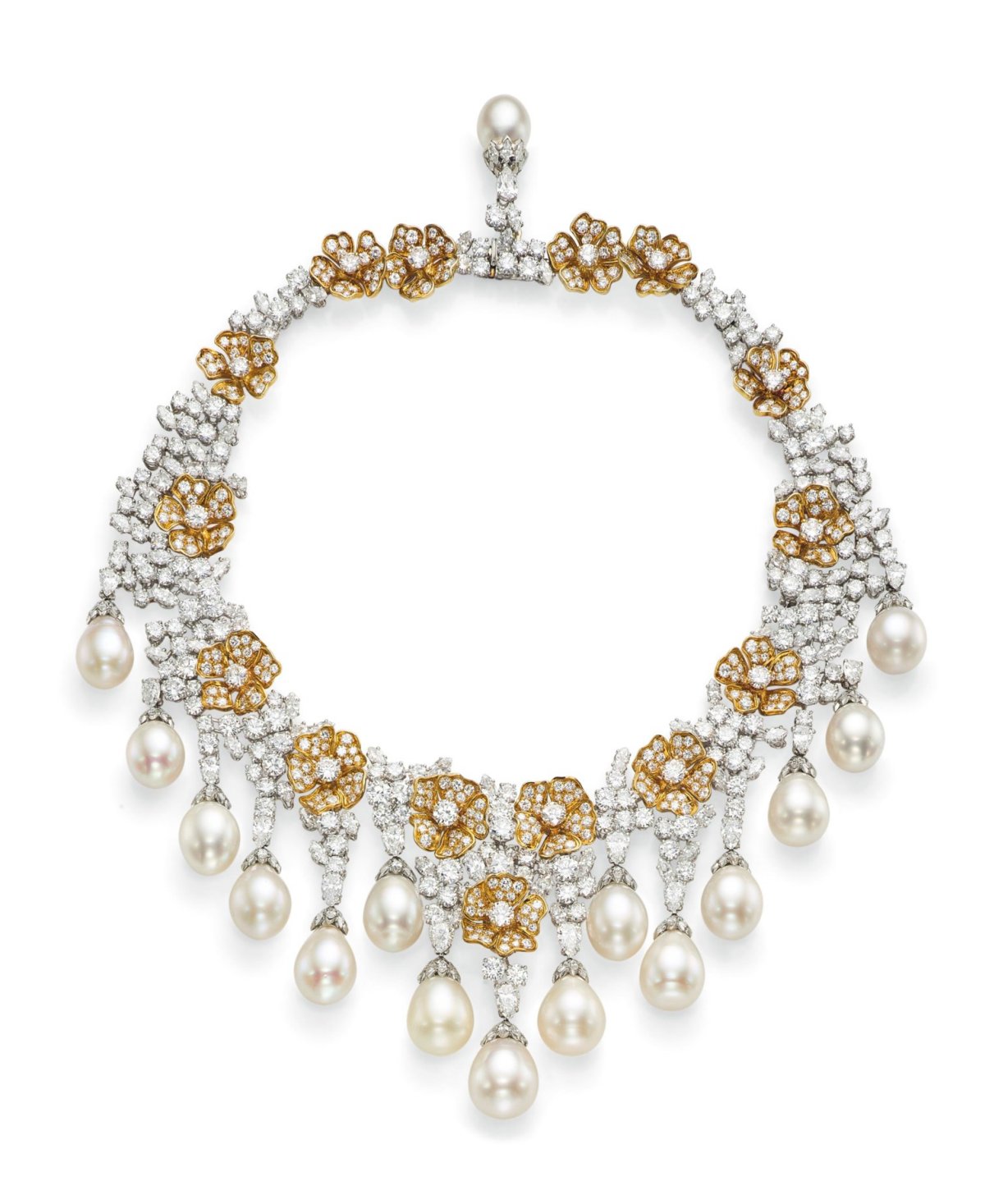
Here’s a good look at the necklace from the era of Princess Inaara’s ownership of the piece, which culminated in a second sale in 2016. The catalogue from Christie’s for that auction described the necklace as “a series of diamond-set yellow gold flowerheads between marquise and circular-cut diamond white gold clusters, suspending fifteen cultured pearls to the front and one to the back, each with marquise-cut diamond cap and pear-shaped diamond surmount.” The identity of a possible maker for the piece was not stated.
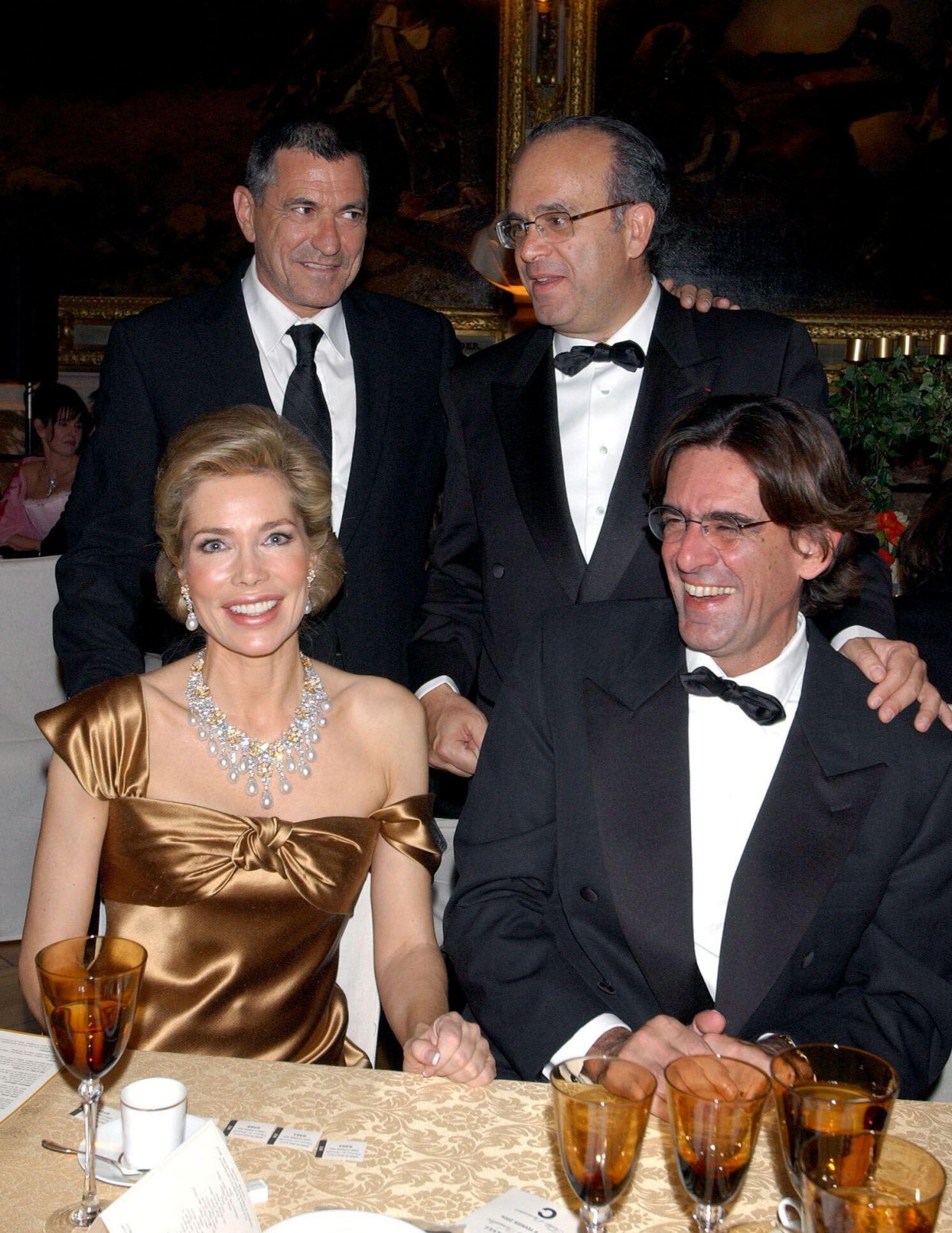
After the necklace was acquired from the Begum Om Habibeh’s sale, two more pieces of coordinating jewelry were made to make the necklace the centerpiece of a demi-parure. Van Cleef & Arpels constructed a pair of earrings and a bangle bracelet to match the original necklace, and Princess Inaara wore all three pieces together for the Versailles gala in 2004.
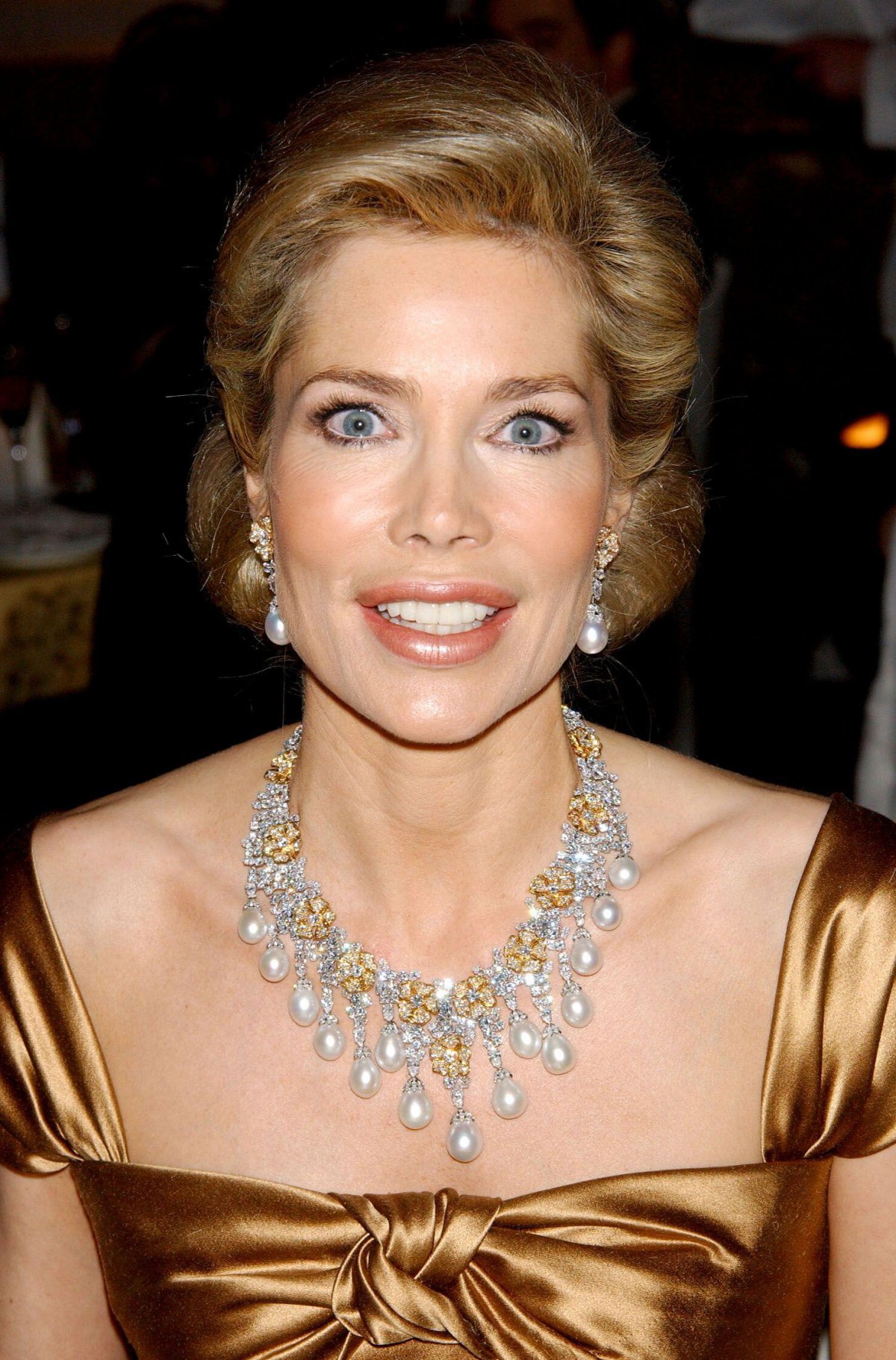
The pearl drops in the earrings were sourced to match extremely closely with the pearl fringe on the necklace. The yellow gold diamonds in the earrings, necklace, and bracelet coordinated beautifully with the golden gown that Princess Inaara chose to wear for the gala.
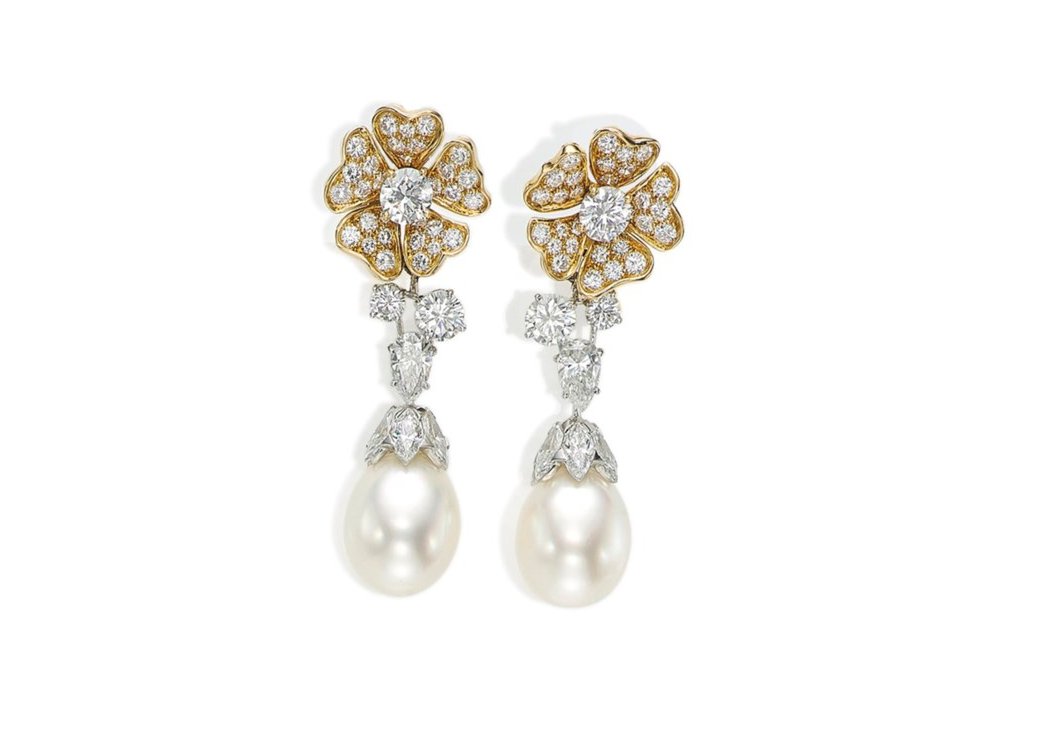
Here’s a closer look at the earrings, which were housed in a green suede case with Van Cleef & Arpels markings. The earrings are also signed by Van Cleef & Arpels.
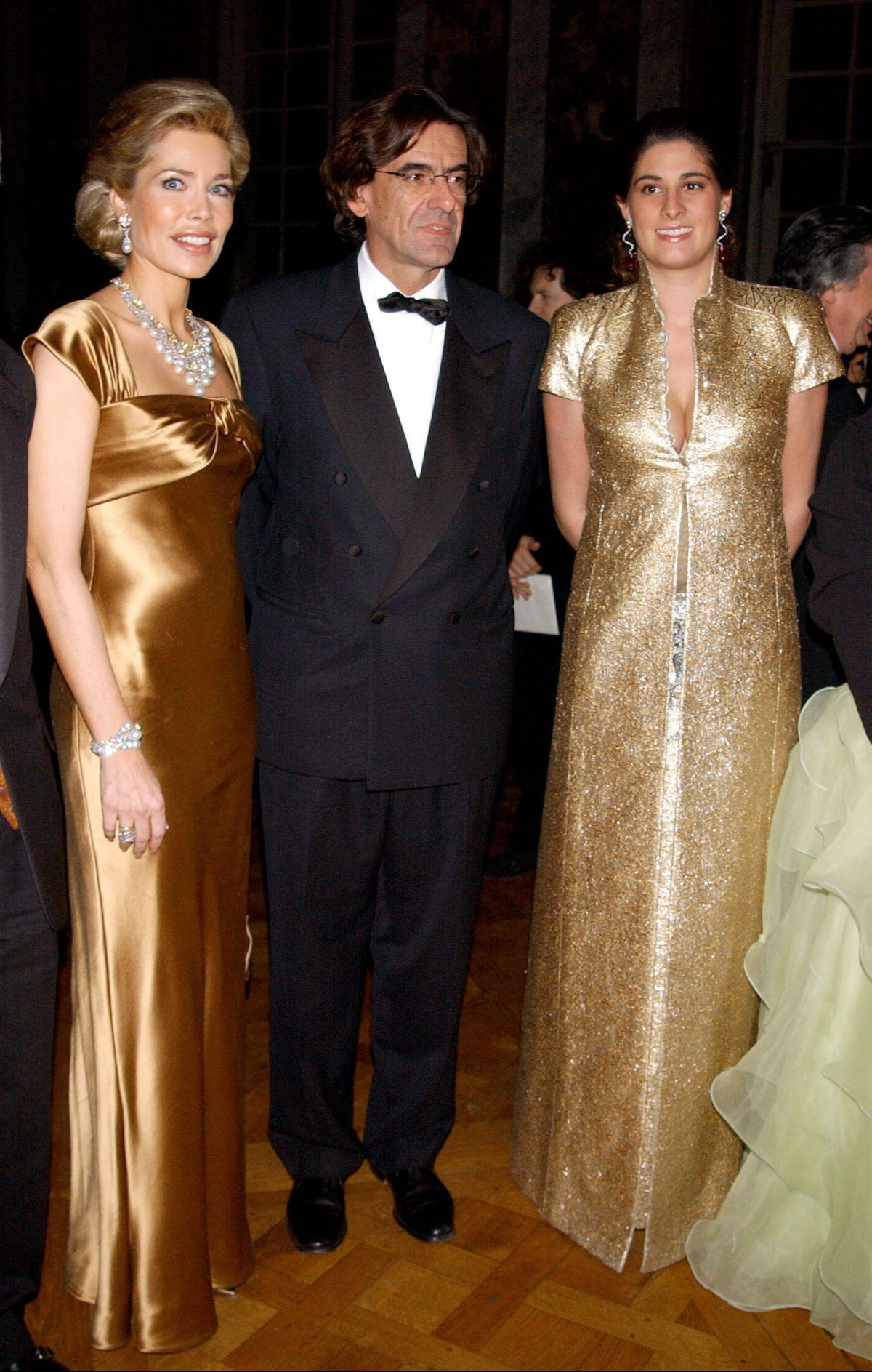
Here, you’ll spot the matching bangle bracelet made to complete the suite, worn by Princess Inaara on her right wrist for the Versailles gala.
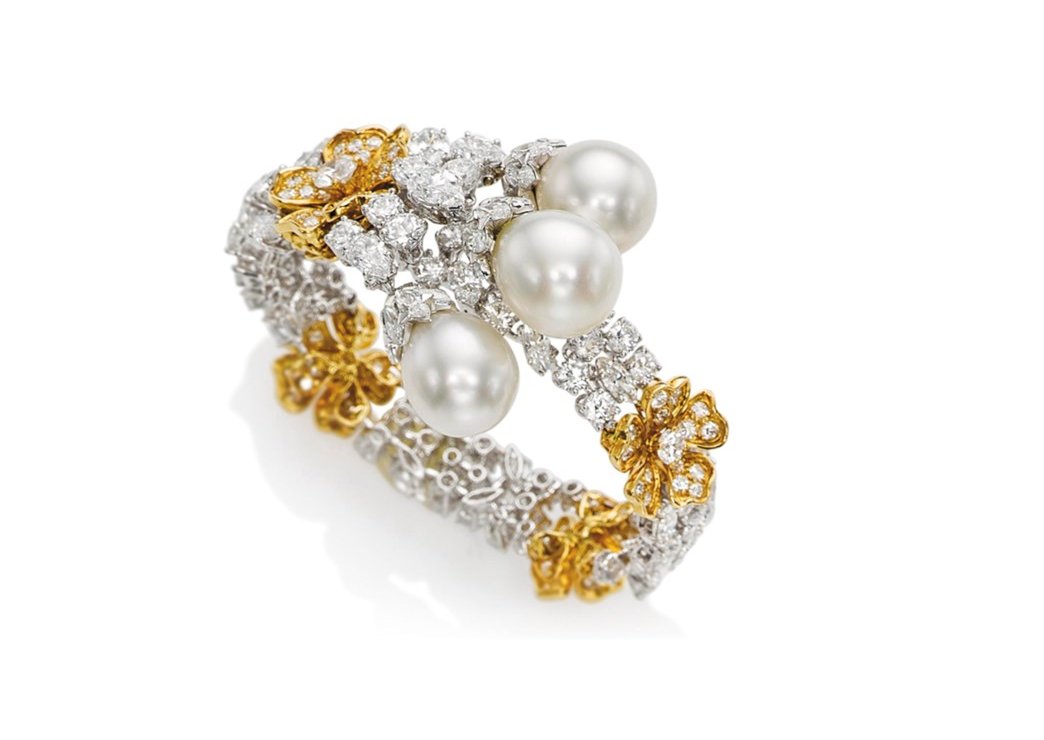
Here’s an excellent look of the bracelet, which incorporates the same yellow diamond and gold flower designs and the white diamond and platinum sections from the necklace. Three large pearls, again selected to match the necklace, complete the piece. The bracelet is also signed, and it had an accompanying gray suede Van Cleef & Arpels case.

Provenance information shared by Christie’s suggests that not much time elapsed between the 2000 auction of the necklace and the creation of the matching pieces. They cite an invoice from Van Cleef & Arpels, dated March 29, 2001, that documents the making of the earrings and bracelet.
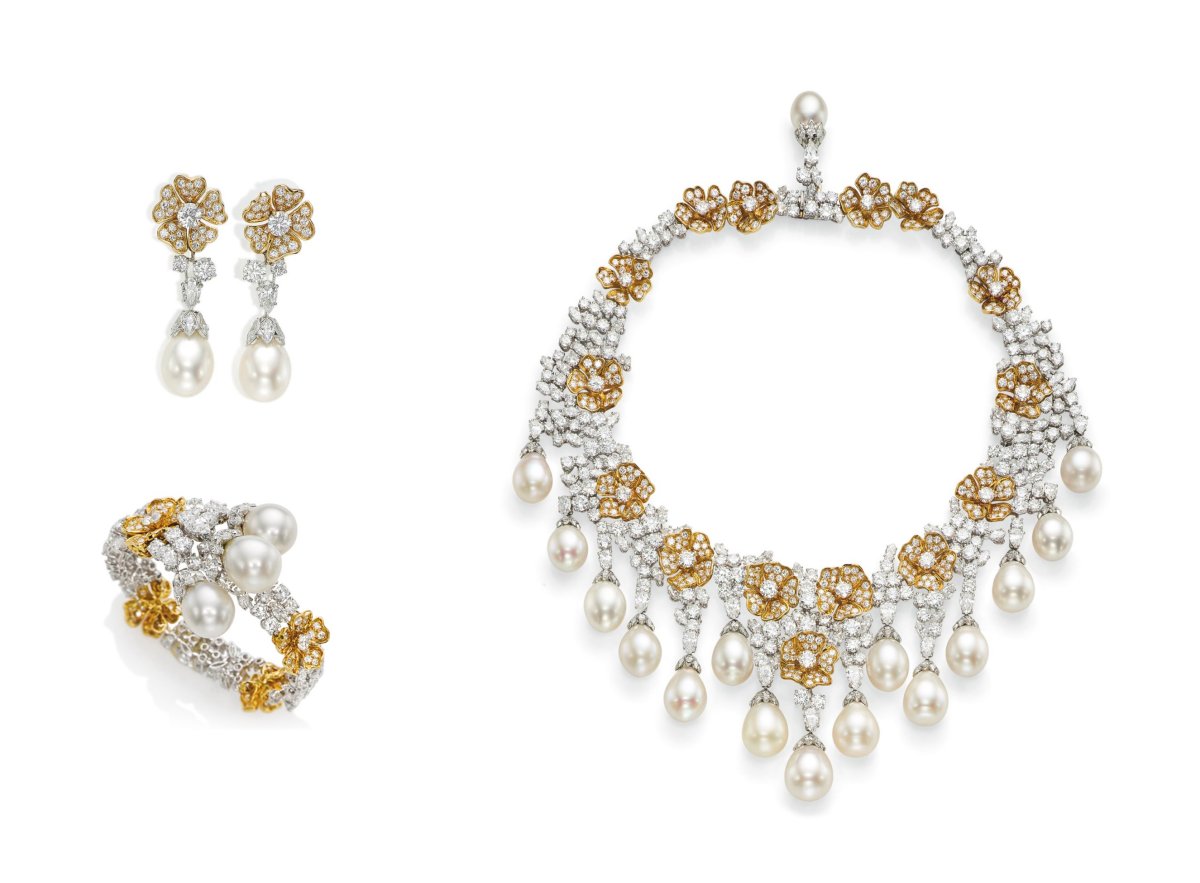
The Aga Khan IV and Princess Inaara announced their separation in October 2004 and divorced ten years later. In May 2016, an impressive collection of Princess Inaara’s jewelry was sold by Christie’s in Geneva, and the pearl and diamond demi-parure was included as part of the auction. The lot, which included all three pieces, sold for 293,000 Swiss francs.
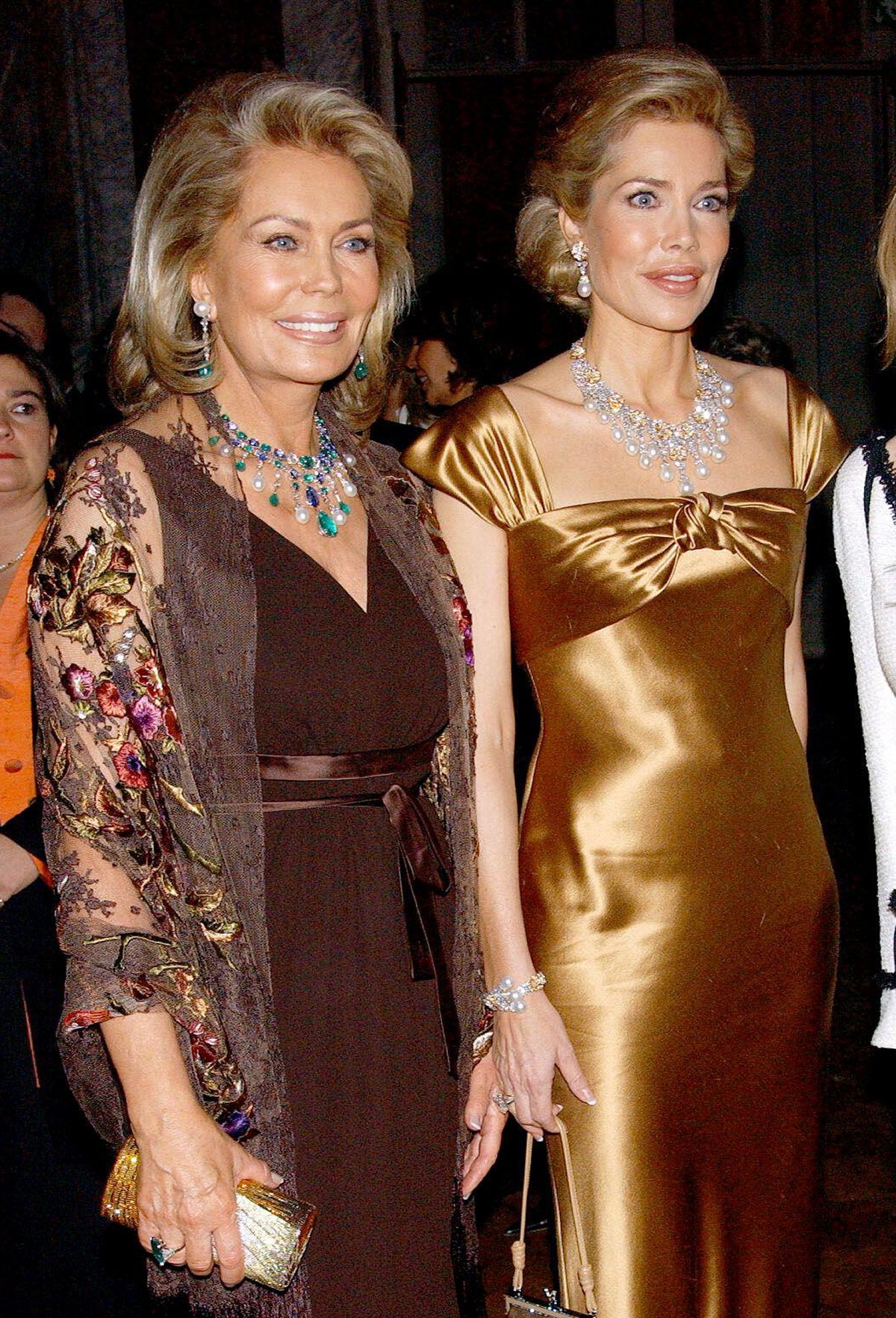
There’s another interesting bejeweled connection between the 2016 Christie’s auction and the 2004 gala at the Palace of Versailles. Princess Inaara was accompanied at the gala by her mother, Renate Thyssen-Henne. She’s pictured on the left in the photograph above, wearing another glamorous suite of jewelry, which is set with emeralds, sapphires, rose-cut diamonds, and cultured pearls.
Both the necklace and coordinating earrings come from Cartier. The necklace is the company’s Persepolis fringe necklace, while the earrings are the Persane design from the same firm. Another invoice cited in the auction states that these were acquired from Cartier in the summer of 2001. The emeralds were mined in Colombia, Zimbabwe, and Zambia, and the sapphires are from Ceylon.
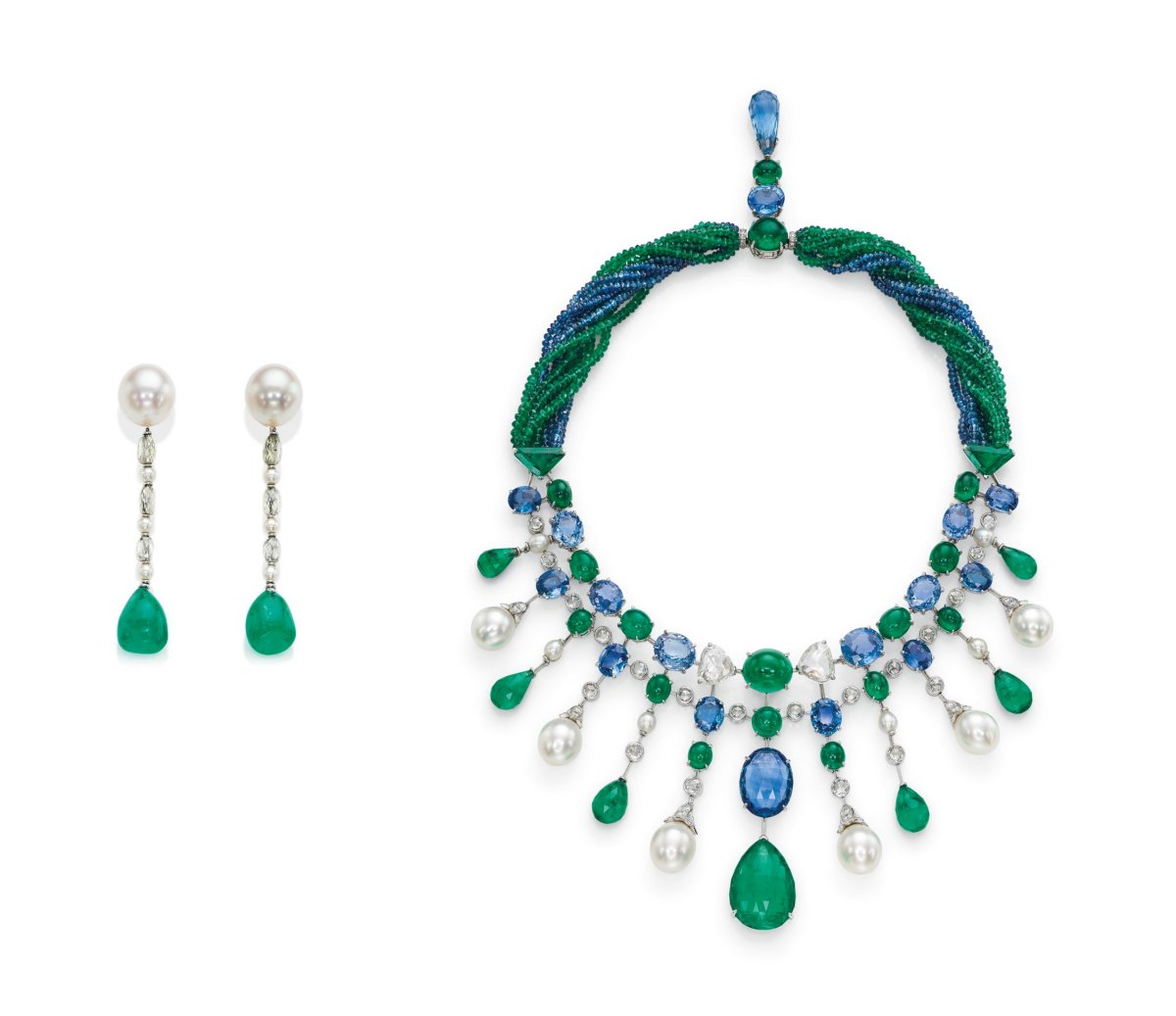
By the time of the 2016 auction, the demi-parure was in Princess Inaara’s collection. The Christie’s lot notes state that the set was a gift to Inaara from her mother. This auction photograph shows that the necklace is a mix of fringe and torsade design styles, with emerald and sapphire beads twisted together at the back of the piece. The necklace and earrings were sold together as a lot in the May 2016 auction, and together they sold for an impressive 1,085,000 Swiss francs.
Leave a Reply
You must be logged in to post a comment.